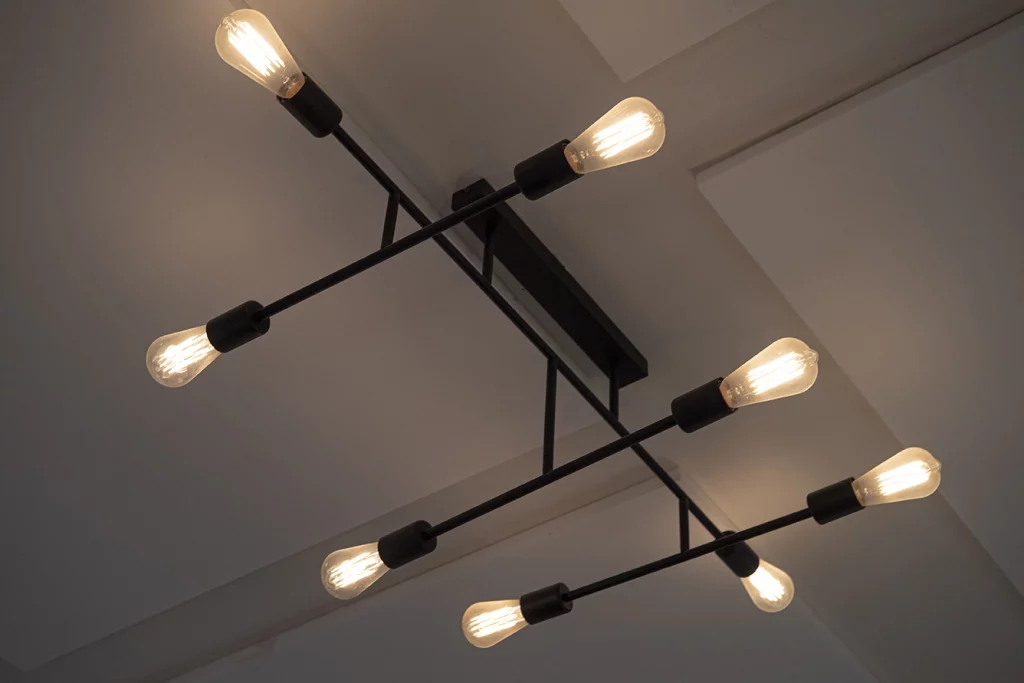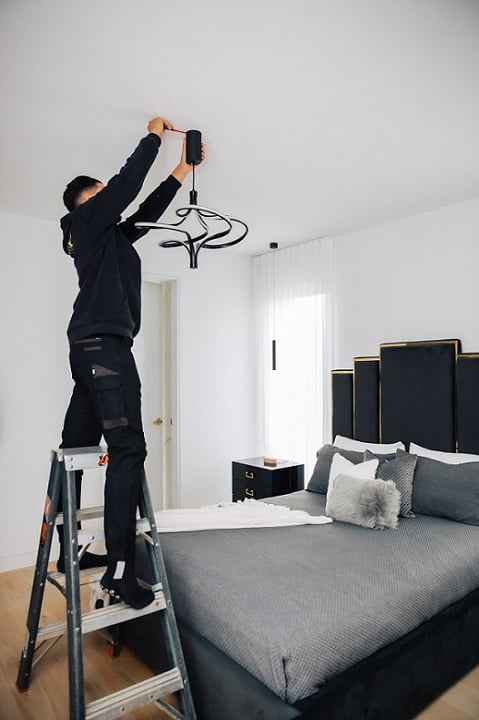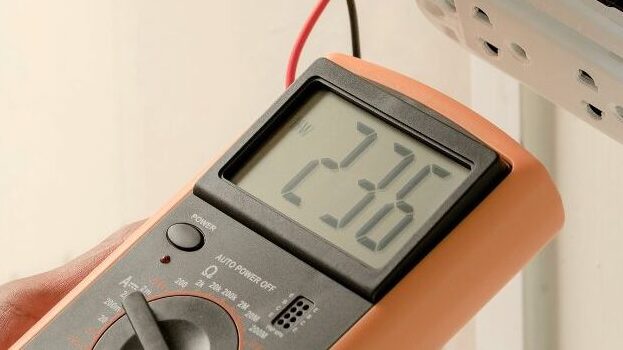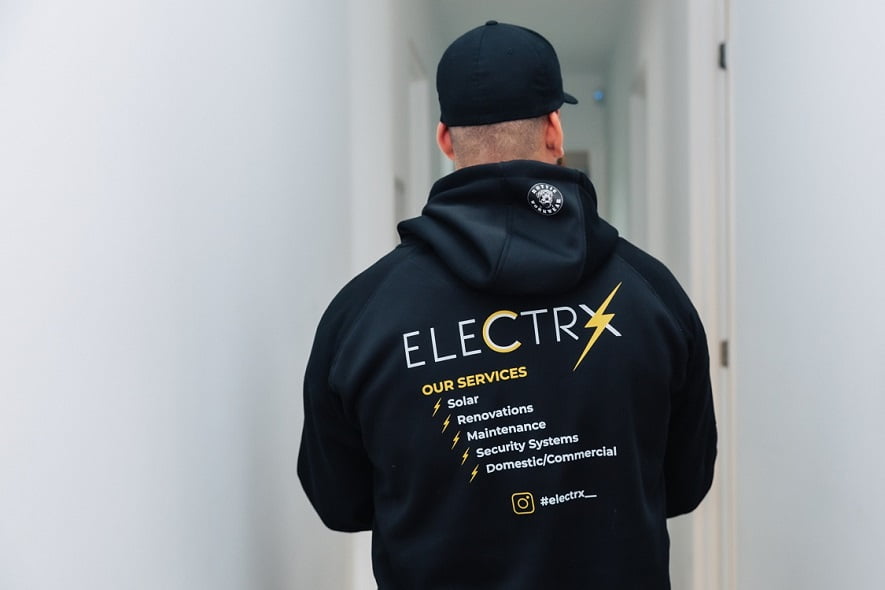Uncover the Key Factors Leading to LED Light Dimming Issues
Immediate Action Required:
If you’ve noticed that your LED light has suddenly dimmed, this is often a sign of a voltage issue, a circuit overload, excessive heat, poor connections, or the use of substandard LED bulbs. Continue reading for detailed instructions on troubleshooting and fixing these problems to bring back the full brightness of your lighting.
Explore the 5 Main Reasons Behind LED Light Dimming and How to Fix Them
LED lights are celebrated for their impressive lifespan, frequently advertised to last for many years. Yet, some may fail to last even a single season. Whether you’re facing issues with kitchen downlights, decorative garden lights, or festive Christmas LED lights, experiencing sudden dimming can be both frustrating and surprisingly common. This extensive guide will investigate the main causes of LED dimming and provide you with safe, proven troubleshooting methods to restore your lighting to its full brightness.

1. Understanding How Voltage Drops Cause LEDs to Dim Unexpectedly
The most common reason for LED lights dimming unexpectedly is related to a voltage drop. When the voltage that reaches the light fixture falls below the necessary threshold for optimal LED performance, the brightness significantly decreases. What causes this voltage drop?
- Temporary disruptions in the power grid
- Local circuits getting overloaded
- Long wiring runs using thin cables
- Malfunctioning switchboards or inadequate connections
Voltage drops can create substantial issues, particularly with budget LED lights that often lack effective voltage regulation and are particularly vulnerable to even minor fluctuations. To ensure reliable performance, always consider investing in high-quality products designed to endure these variations.
Also Read: 10 Effective Strategies to Save On Power and Energy Expenses
2. Identifying Overloaded Circuits in Older Residences
Connecting too many appliances or devices can overload your electrical circuits, placing immense strain on your power supply. When a circuit cannot handle the demand, the voltage becomes unevenly distributed among devices, resulting in dimming lights, especially for sensitive LEDs. This problem is particularly common in older homes built before modern energy-efficient technologies were introduced. Signs of overloaded circuits include:
- Flickering lights
- Buzzing switches
- Dimmed lights, especially in affordable LEDs that may lack important protective features.
Request a Quote and Inquire About Our FREE Electrical Inspections
3. How to Fix Loose Connections and Damaged Wiring in Your LED Fixtures
Inadequate power delivery can originate from loose connections or aging cables. If your light flickers or dims when adjusting a switch or device, this may signal loose connections. Key areas to examine include:
- Ensure the bulb is securely in place
- Watch for flickering at the wall switch
- Check for burn marks, discoloration, or unusual buzzing sounds
Important Note: Many low-cost LED lights utilize thin or poor-quality internal wiring, making them more prone to failure due to heat or movement. Regular inspections and maintenance are essential to prevent unexpected issues.
Also Read: Safety Tips for Keeping Your Pets Around Electrical Equipment
4. Understanding the Dangers of Overheating in LED Lighting
Although LEDs emit less heat compared to traditional incandescent bulbs, they still require effective heat dissipation. If an LED overheats, it will automatically dim itself as a protective measure. Overheating can result from various factors:
- Enclosed light fittings that limit airflow
- Defective heat sinks, particularly in lower-end models
- Excessively high ambient temperatures
- Insufficient air circulation around the fixture
If your LED housing feels hot to the touch, it is likely suffering from overheating. This is especially common with inexpensive, poorly ventilated LED downlights or garden lights that are installed in direct sunlight without adequate thermal protection.

5. The Impact of Lumen Depreciation on LED Brightness Over Time
Even the highest quality LEDs will gradually diminish in brightness with extensive use, a phenomenon known as lumen depreciation. Premium LED lights can maintain approximately 70% to 90% of their brightness after around 50,000 hours of usage. In contrast, cheap LED products might begin to fade after just 5,000 to 10,000 hours, often doing so unevenly. If your light appears to be:
- A budget model, it might simply be nearing the end of its lifespan.
- Several years old and frequently used
- Experiencing regular use
Why Are Inexpensive LED Lights Prone to Premature Failure?
During holiday seasons, inexpensive LED lights dominate the market, available in a variety of forms such as string lights, downlights, and decorative garden features. The risks associated with these products include:
- Inconsistent voltage tolerance: making them vulnerable to flickering and dimming
- Poor heat management: increasing the chances of overheating
- Low-quality drivers: which fail to regulate electrical current effectively
- Lack of weatherproofing: rendering them unsuitable for outdoor environments
Holiday Shopping Tip: When selecting LED Christmas lights, choose products that possess:
- IP65+ waterproof rating
- Certification compliance marks (e.g., RCM)
- Reputable brands (steer clear of lesser-known bargain options)
While opting for cheaper lights may initially save you money, they can result in increased expenses in terms of replacement, safety issues, and long-term frustration.
Proven Strategies for Resolving Dim LED Lighting
Check for Loose Connections and Signs of Overheating
Start by thoroughly inspecting your light fixture. Is the bulb properly secured? Are there visible signs of fraying, corrosion, or damage? If you notice anything unusual, do not attempt repairs yourself, especially if wires are exposed or the fixture appears burnt or melted. Carefully touch the fixture; if it feels excessively hot—think “it-could-cook-an-egg” hot—that poses a significant risk. Overheating fixtures are hazardous and usually require replacement.
Need expert help? We are Beacon Lighting Recommended Electricians, and installing and replacing LED fittings is our specialty. Whether you’re located in Braybrook, Yarraville, or nearby areas, Electrx can resolve the issue safely and quickly.
Utilize a Multimeter to Assess Voltage Levels
If your LED is dim due to low voltage, employing a multimeter will help you identify the problem. Testing the voltage at your LED fixture will reveal if your lights are receiving the appropriate power supply. Compare the measured voltage with the recommended voltage for your specific LED lights. If the voltage is lower than necessary, this could explain the dimming. If the voltage consistently falls short, you may be facing a larger electrical problem and should reach out to a qualified electrician for further investigation.
If you find low voltage across multiple fittings, there is likely a larger wiring or switchboard issue that needs attention.

Inspect the Dimmer Switch Settings for Compatibility
We often receive questions like this:
“Why is my light dim?”
Us: “Do you happen to have a dimmer switch?”
Them: “…oh.”
Ensure that no inadvertent adjustments have been made to the dimmer, or check for compatibility issues with your specific LED model.
Evaluate the Circuit by Turning Off Other Appliances
Try turning off other devices that share the same circuit as your LED lights. If your lights brighten, you may be dealing with an overloaded circuit. Consider implementing the following solutions:
- Redistributing devices to different circuits to balance the load
- Upgrading your switchboard for improved performance
- Replacing budget LEDs with higher-quality models
Also Read: Electrical Upgrades For Your Office
Replace the LED Bulb if Necessary for Optimal Performance
If none of these solutions resolve the issue, your LED may simply be nearing the end of its lifespan. Test by swapping it out with another LED bulb from your home. If the replacement bulb restores full brightness, the old bulb was most likely due for retirement. In this case, feel free to purchase a new LED bulb. However, if changing bulbs does not fix the issue, the cause likely lies elsewhere.
Crucial Insights into LED Dimming Challenges
So, what caused your LED light to suddenly dim? The possible culprits may include:
- Voltage drops impacting performance
- Loose connections disrupting power flow
- Heat accumulation compromising functionality
- Circuit overload due to excessive devices
- Or the LED itself—particularly if it is a budget model
This guide has equipped you with the knowledge of what to check—and how to effectively rectify the situation.
However, if you are unsure or notice any signs of damage, never compromise on electrical safety.
Let Electrx Provide Expert Help with Your LED Lighting Concerns
We are licensed electricians and recognized installers for Beacon Lighting. Our comprehensive range of services includes:
- Testing and replacement of LEDs to ensure safety and functionality
- Circuit diagnostics to identify and resolve any issues
- Solutions addressing overload and overheating challenges
- Safe, long-lasting electrical upgrades for your home
If you have any uncertainties regarding electrical matters, it’s always wise to consult a professional electrician, such as Electrx Electricians. Reach out to us today for expert assistance and peace of mind.

Frequently Asked Questions About LED Light Troubleshooting
Q: Why is my new LED bulb already dim?
A: This could be caused by a voltage drop, faulty wiring, or a low-quality LED that lacks sufficient voltage regulation. Consider swapping it with a high-quality LED first to see if that resolves the issue.
Q: Do inexpensive LED lights dim more quickly?
A: Yes, indeed. Budget LEDs often lack proper heat sinks and stable drivers, leading to premature lumen loss, flickering, and dimming—particularly in hot or outdoor conditions.
Q: Why do my Christmas lights flicker and fade?
A: Seasonal LED string lights are frequently made with lower-grade components. Environmental exposure, overuse, and power surges can all contribute to dimming. Always choose outdoor-rated, certified lighting to ensure longevity and durability.
Q: Can I fix dimming LED lights on my own?
A: You can troubleshoot by checking fittings, testing voltage levels, and replacing the bulb. However, if the issue persists—especially across multiple fittings—contact a licensed electrician for professional help.
The Article: LED Light Dim? Discover the Reasons Behind It first appeared on https://writebuff.com
The Article LED Light Dim: Uncover the Causes of Dimming Issues Was Found On https://limitsofstrategy.com
The Article LED Light Dim: Discover What Causes Dimming Problems First Appeared ON
: https://ad4sc.com
No responses yet